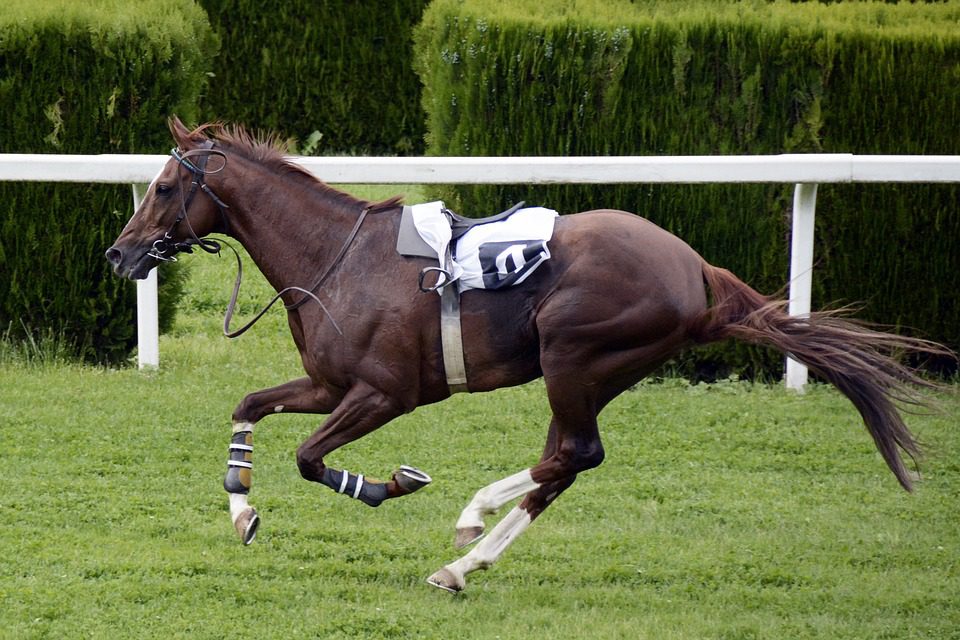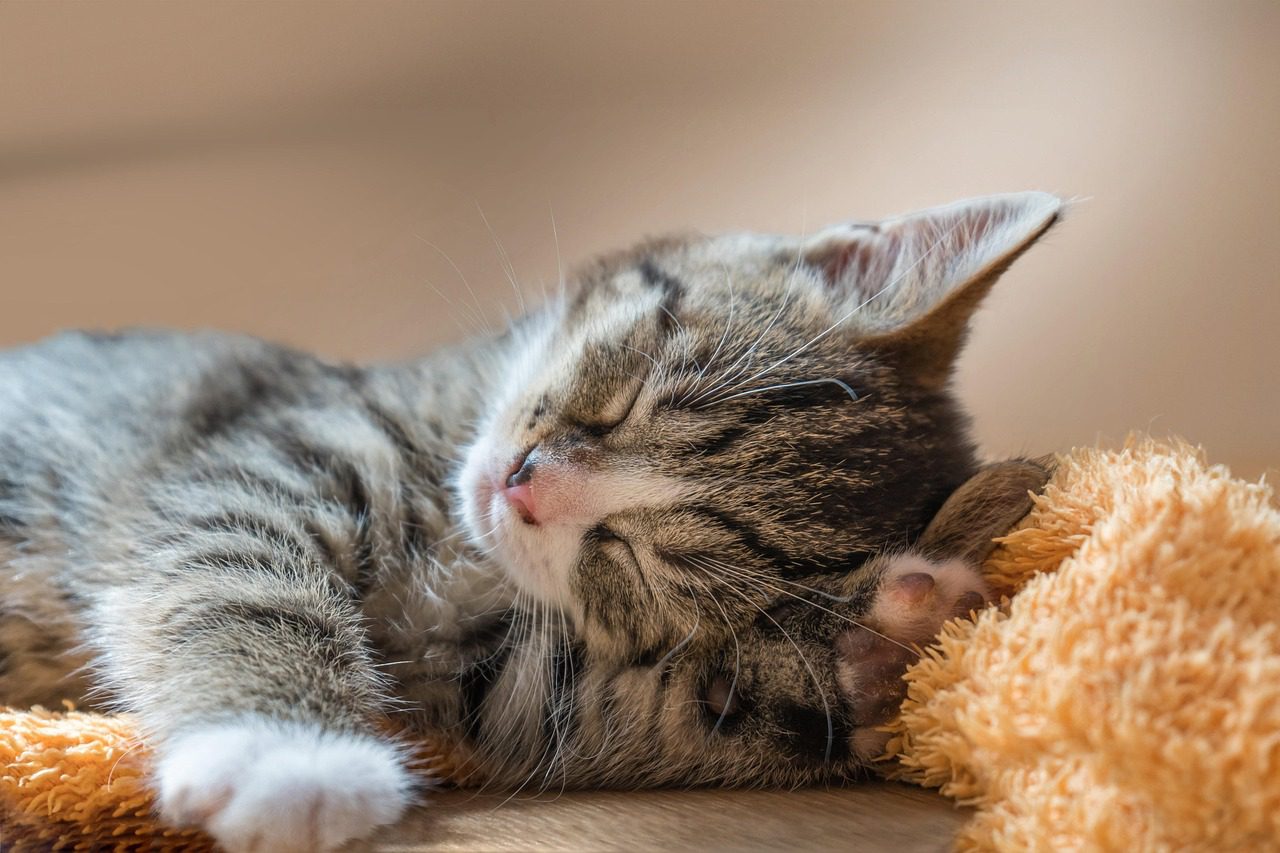As a kid I was mad about horses.
I thought I was going to be a horse vet, and spent much of my student holidays working with racehorses to gain experience.
One winter I was at the Curragh in Ireland. This is the Newmarket of Eire, where every other household has some connection to the horseracing industry. I loved the welcoming people, but hated the cold wet weather. In the early morning you could regularly see groups horses being exercised, both on the roads and on the gallops.
I was seeing practice with a big local equine practice, and was returning from a visit to a yard with their chief vet, Tom, when I spotted a loose racehorse hurtling down a side road. Reins and stirrups were flying out, and the sound of metal horseshoes rang out on the chill early morning air, even above the rattles of the old vehicle we were travelling.
I fully expected Tom, a grizzled Irishman who looked more like a farmer in his torn grubby Barbour coat and wellies than a top surgeon, to pull over the muddy Landrover and ask me to help him corral the hapless horse. I could already envisage all kinds of trouble it would be getting itself into. There was also the question of who was going to search for the missing rider and tend to their injuries.
But Tom never paused. As he drove on, I checked that he had seen the loose horse.
“Yes, I saw it.” he replied. “I see one or two most days.”
“Shouldn’t we help?” says I.
“Well, we could,” he replied, “but then we could end up standing there for hours in the cold waiting to find out where the horse comes from, and taking responsibility for it. Meanwhile, who is going to do our work? The horse knows its own way back to its yard, and will be home in no time.”
It was not a lesson I felt wholehearted about, but as the student, I bowed to his greater knowledge, and we continued on with our day. Strange how the guilt has still not left me, though.




